Big Bear vs Mammoth: The Ultimate Ski Town Comparison
Summit Skier contains affiliate links and is a member of the Amazon Services LLC Associates Program. If you make a purchase using one of these Amazon links, I may receive compensation at no extra cost to you. See my Disclosure Policy for more information.
Deciding between Big Bear and Mammoth can be challenging. Both resorts provide excellent skiing in California, but each has unique characteristics.
Having skied in California numerous times, I know a lot about what each resort offers and their similarities and differences. If you’re torn between the two, it comes down to which resort aligns better with your preferences.
Continue reading to explore the differences and similarities each one has to offer and to see which resort best aligns with your interests.
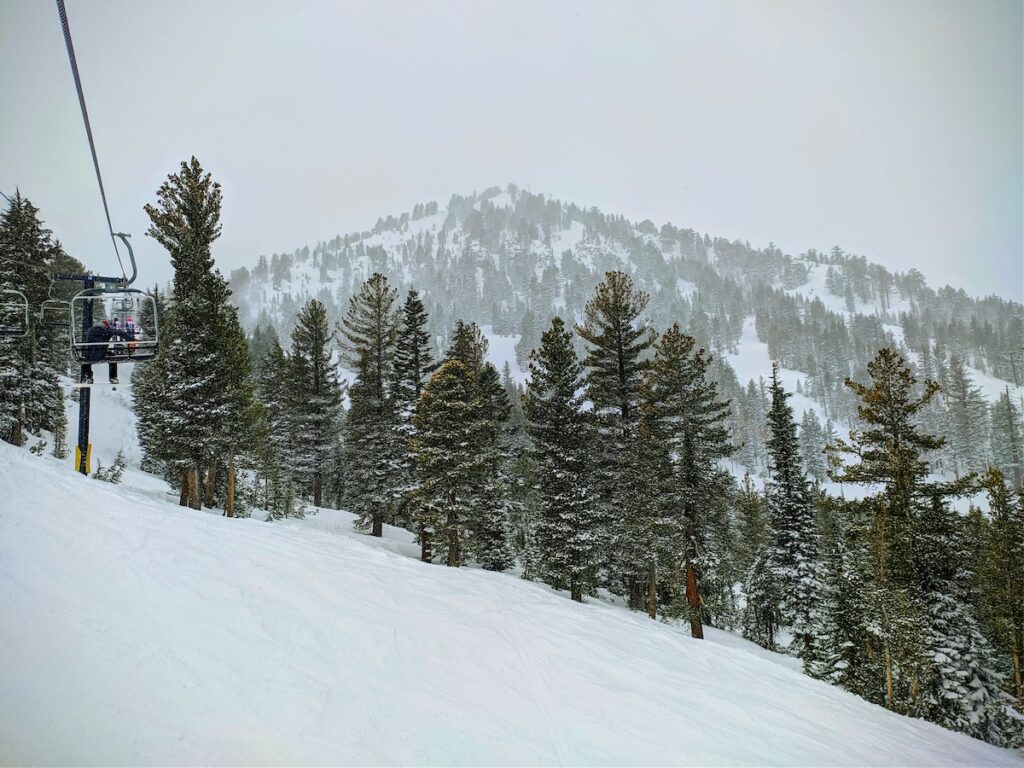
Big Bear vs Mammoth
Big Bear and Mammoth are both exceptional choices for skiing and snowboarding in California. Each is known for its impressive slopes, amenities, accommodations, and vibrant ski town atmospheres.
When deciding between the two, you’ll need to consider factors like crowd sizes, available activities, the town’s ambiance, the type of ski pass you have, and a handful of other considerations.
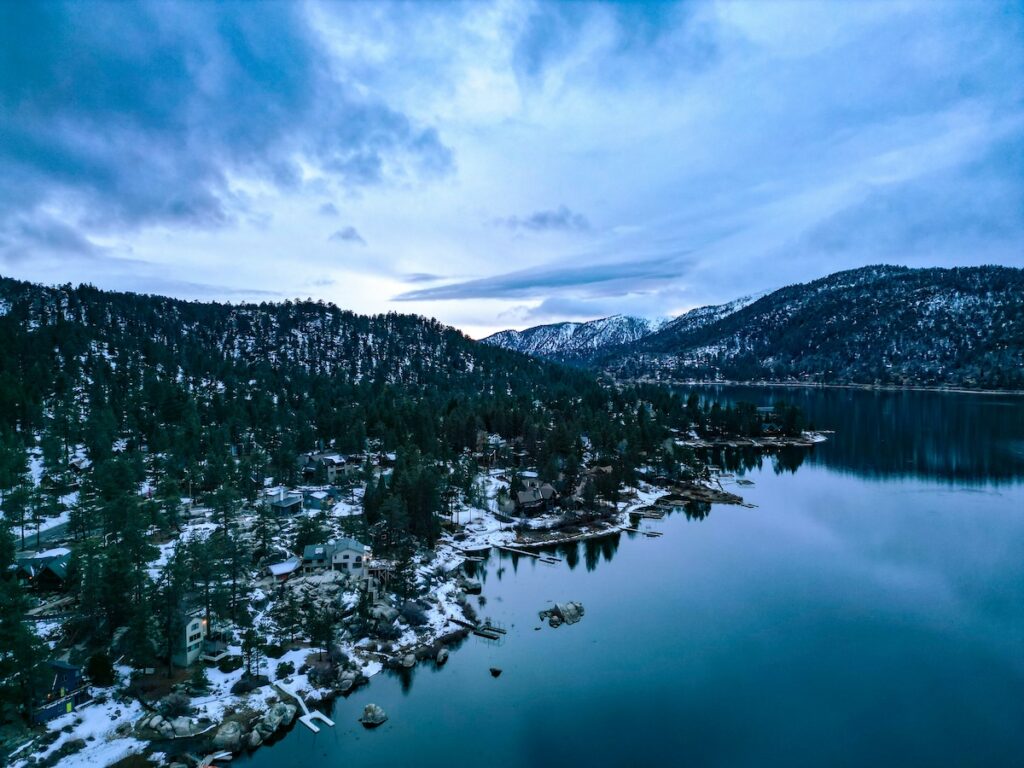
Key Difference Between Big Bear vs Mammoth
Here’s a comprehensive guide to help you choose the best destination for your ski trip: Big Bear or Mammoth.
1. Cost
Mammoth Mountain is pricier than Big Bear Mountain Resort. Lift tickets at Mammoth typically cost $10-$40 more per day than Big Bear tickets.
The same goes for lodging, as staying in hotels near Mammoth Mountain usually costs more than at Big Bear.
Winner: Big Bear Mountain Resort (because it’s more affordable)
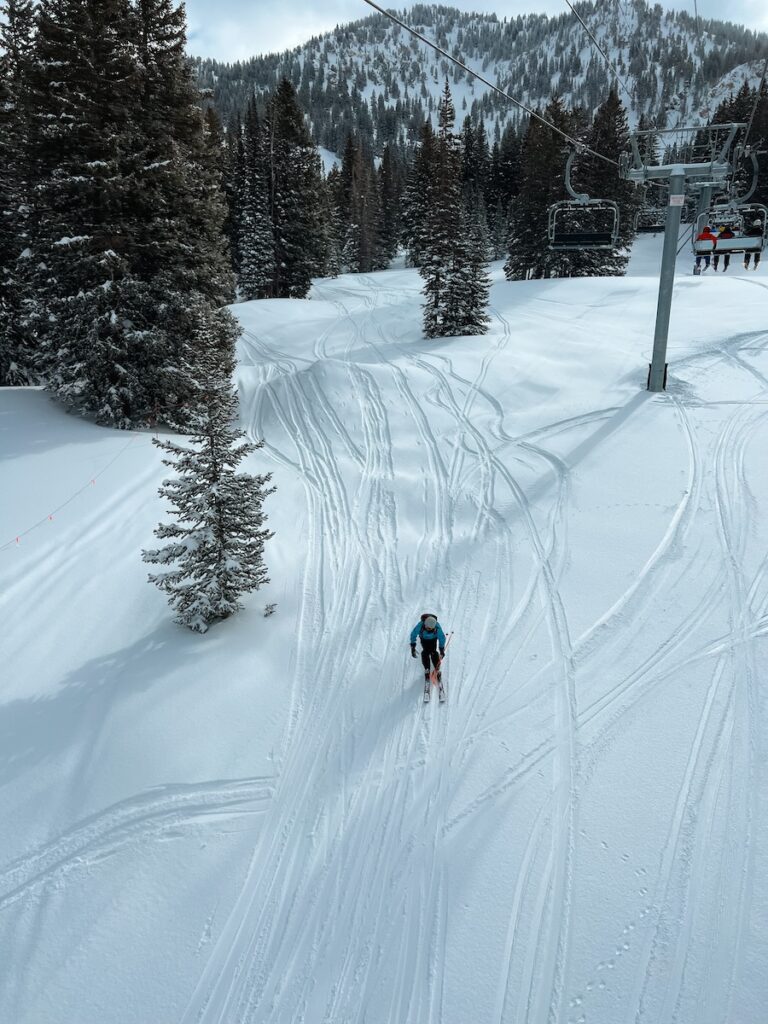
2. Ski Slopes
Another significant difference lies in the ski slopes. Big Bear Mountain Resort is divided into three distinct areas: Snow Valley, Snow Summit, and Bear Mountain.
Snow Valley offers 240 acres of skiable terrain, Snow Summit also offers 240 acres, and Bear Mountain provides 198 acres altogether, which gives skiers and snowboarders 678 skiable acres to explore.
In contrast, Mammoth Mountain is a single mountain with frontside and backside slopes. This resort offers 3,500 skiable acres, giving it a clear advantage in terms of the sheer amount of terrain available.
Winner: Mammoth Mountain (for having much more skiable acres of terrain to enjoy)
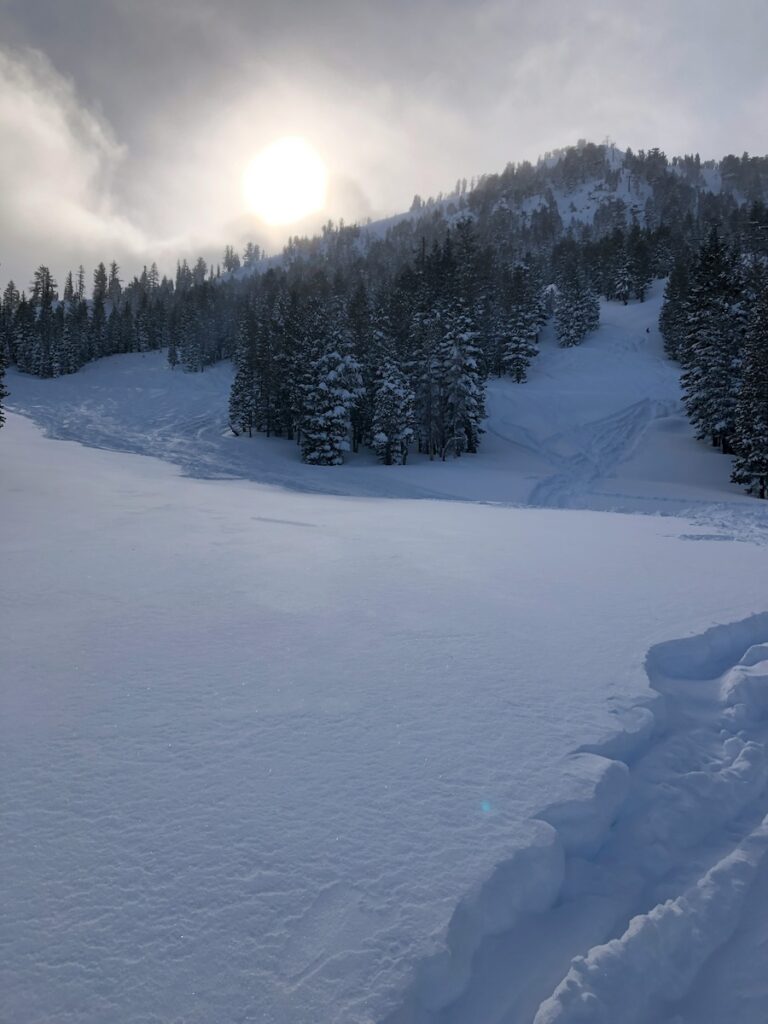
3. Snowfall
Another key aspect to consider is the snowfall at each resort. Big Bear Mountain Resort, which includes three separate mountains, recorded an average snowfall last year of 201 inches at Snow Valley, 175 inches at Snow Summit, and 175 inches at Bear Mountain.
In contrast, Mammoth Mountain consistently averages 400 inches of snowfall annually, making it the clear winner for those seeking abundant snowfall and frequent powder days.
Winner: Mammoth Mountain (the resort receives nearly 200 inches more snowfall annually compared to Big Bear)
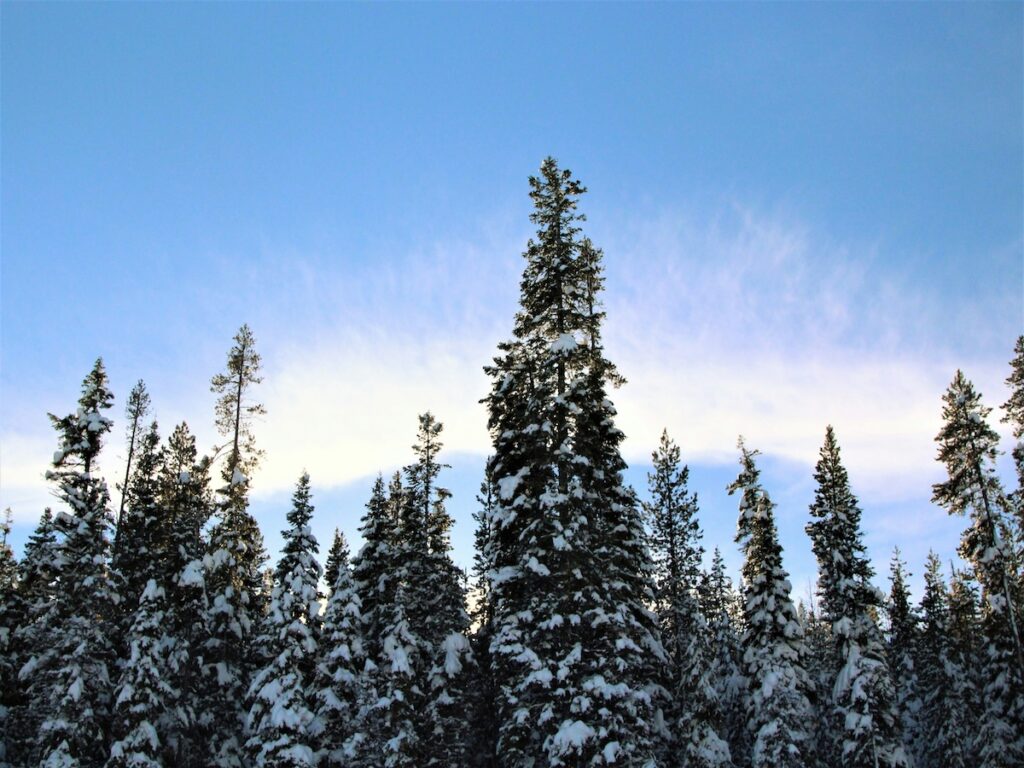
4. Food
While Big Bear Mountain Resort has some excellent dining options, like the Skyline Taphouse and The Chalet Food Hall.
Mammoth Mountain once again comes out on top with its wide array of on-mountain dining choices. Some of my favorites include Vulcania, an Italian spot, and The Outpost, famous for its grilled cheeses and delicious beer. Both resorts offer great dining, but Mammoth provides many more options.
Winner: Mammoth Mountain (due to more on-mountain choices)

5. Accommodations
Both resorts offer excellent accommodations with a variety of options, but it ultimately comes down to two factors: the number of choices and their cost.
Big Bear Mountain Resort tends to be more affordable, while Mammoth Mountain offers a few more options. So, your decision will depend on your priorities.
TIE: Mammoth offers more variety, but Big Bear provides more affordable options
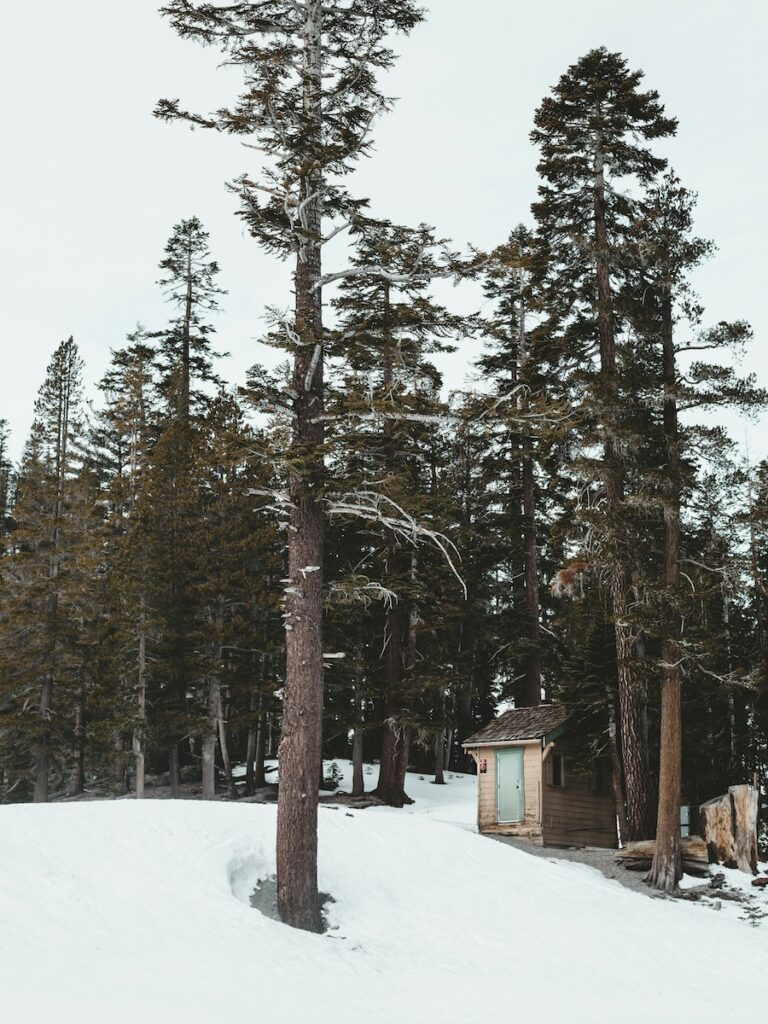
6. Accessibility
Next in this comparison is accessibility and ease of travel to both resorts. Starting with Mammoth, the smaller Mammoth Yosemite Airport is just under 20 minutes from the ski resort. The nearest large airport is in Reno, Nevada, about 3 hours away.
In contrast, Big Bear Mountain Resort is served by the nearby Big Bear Airport, only 10 minutes from the resort. Additionally, it’s just a 1 hour and 55-minute drive from Los Angeles, making it a much quicker trip for those coming from one of California’s largest cities.
Winner: Big Bear Mountain Resort (easiest to get to from a large airport)
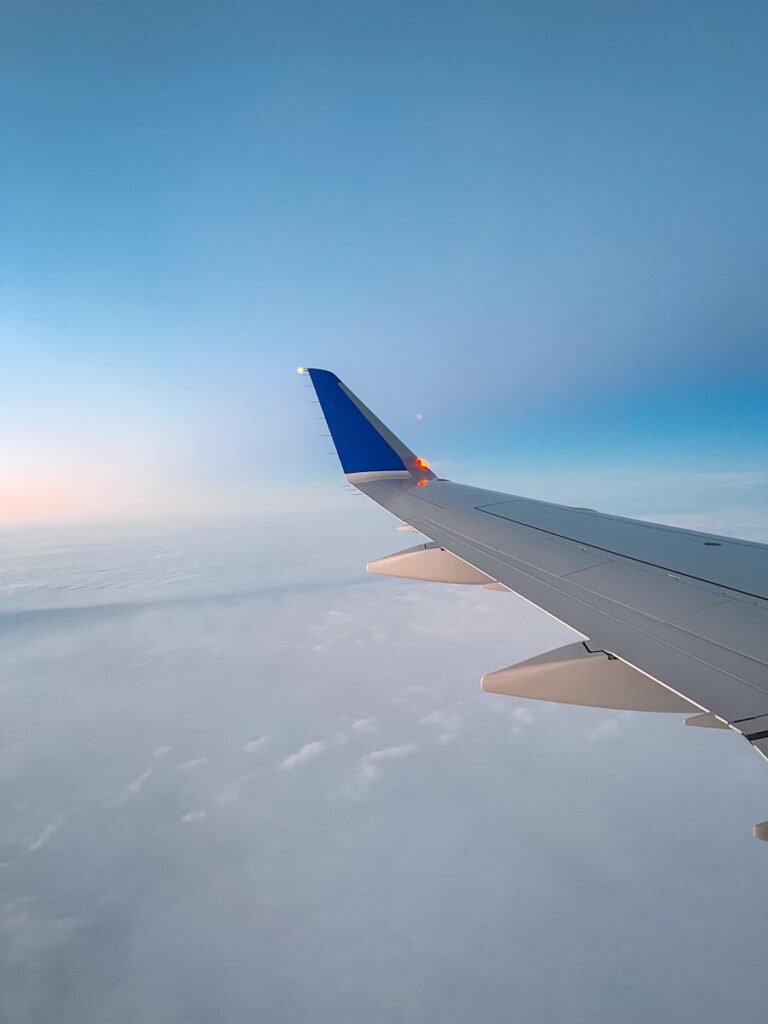
7. Ski Pass
When comparing ski passes at these resorts, I focus on two key factors: cost and whether they’re included in a major pass like the Ikon or Epic Pass.
Big Bear Mountain Resort is generally more affordable for day passes, typically costing $10-$40 less per day than those at Mammoth. However, both resorts are part of the Ikon Pass, which is great news for pass holders.
Winner: Big Bear Mountain Resort (more affordable day passes)
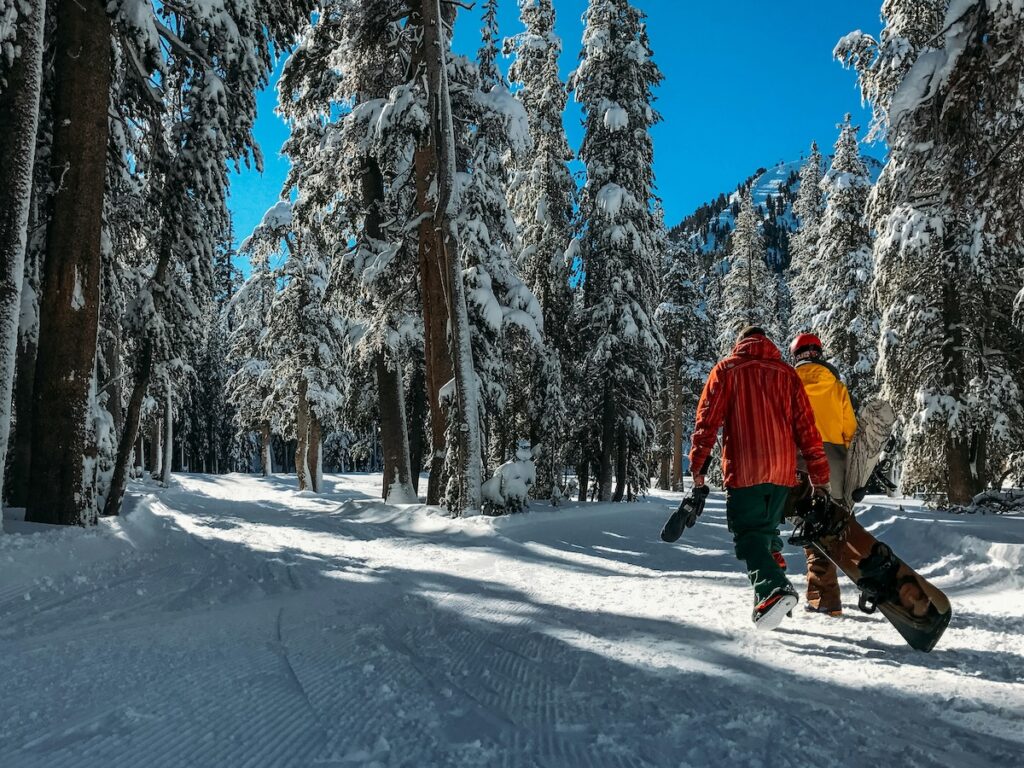
Big Bear vs Mammoth: Which Is Better To Visit In 2024?
As you can see from the breakdown, they are evenly matched. Big Bear is ideal if you’re coming from Southern California, seeking a more budget-friendly option, and simply want to hit the slopes. On the other hand, Mammoth Mountain is your best bet if you’re after more powder, a greater variety of skiable terrain, and a wider selection of dining and accommodations.
Ultimately, it depends on what you’re looking for, but both are excellent choices. Personally, I’d recommend Big Bear if you’re in SoCal or Nevada, but if you’re flying in from out of state, Mammoth might be the better option for its variety in skiing, dining, and lodging.
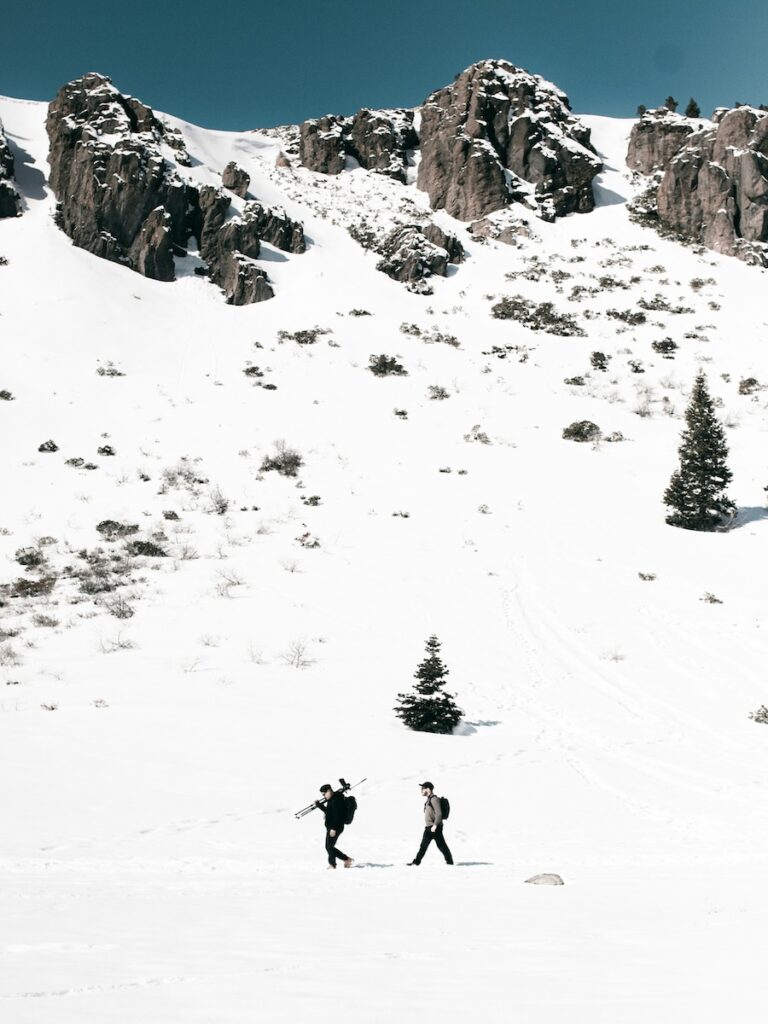
Big Bear: Best Things To Do (Besides Skiing & Snowboarding)
- Tubing
- Apres Ski
- Live Events
Mammoth Mountain: Best Things To Do (Besides Skiing & Snowboarding)
- Mountain coaster
- Tubing
- Snowmobiling
- Snowcat tours
Big Bear Pros and Cons
- Close to Los Angeles
- More affordable day pass
- More affordable accommodations
- Lesser annual snowfall
- Fewer skiable acres
- Fewer accommodation and dining options
Mammoth Pros and Cons
- More skiable acres
- More annual inches of snowfall
- More dining and accommodation options
- More things to do for nonskiers
- More expensive day passes
- More expensive accommodations
- Not as easy to get to from a large airport
Best Places To Stay In Bear Bear and Mammoth
If you are looking for a place to stay in Big Bear or in Mammoth, I’ve highlighted my favorites down below to help make your decision a bit easier.
Mammoth: The Village Lodge – This is a great option for those wanting to stay close to the gondola. It features awesome amenities like an outdoor pool, spacious rooms, several hot tubs, and a prime location.
Big Bear: Chateau Big Bear Boutique Hotel – I love this boutique hotel and its chic decor. It has a lounge for visitors to enjoy, a hot tub, a game room, and it’s not far from the ski slopes.
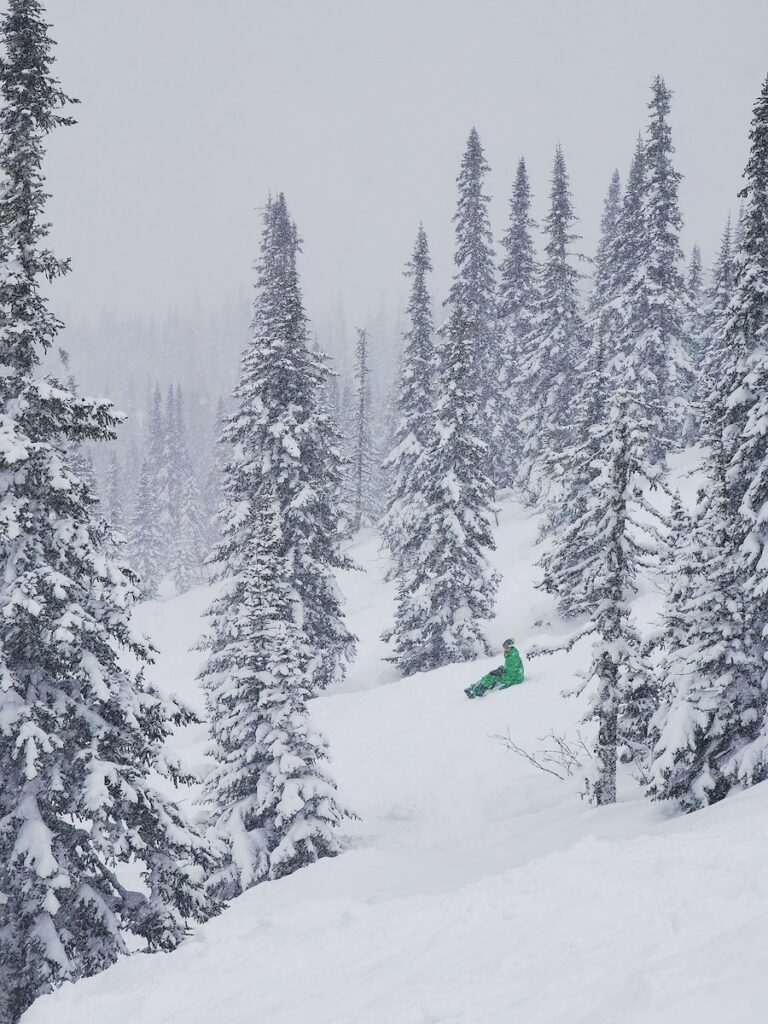
FAQs About Big Bear vs Mammoth
Continue reading below as I answer a few frequently asked questions about Big Bear vs Mammoth during the winter season.
What is better, Mammoth or Big Bear?
Mammoth is better than Big Bear regarding terrain, annual snowfall, accommodation, and dining options. However, Big Bear is better when it comes to accessibility and affordability.
Does Mammoth own Big Bear?
Yes, Mammoth owns Big Bear.
Is Mammoth Mountain near Big Bear?
No, Mammoth Mountain is not near Big Bear. It is 310 miles northeast of Big Bear, and it takes about 5 hours to drive between the two.
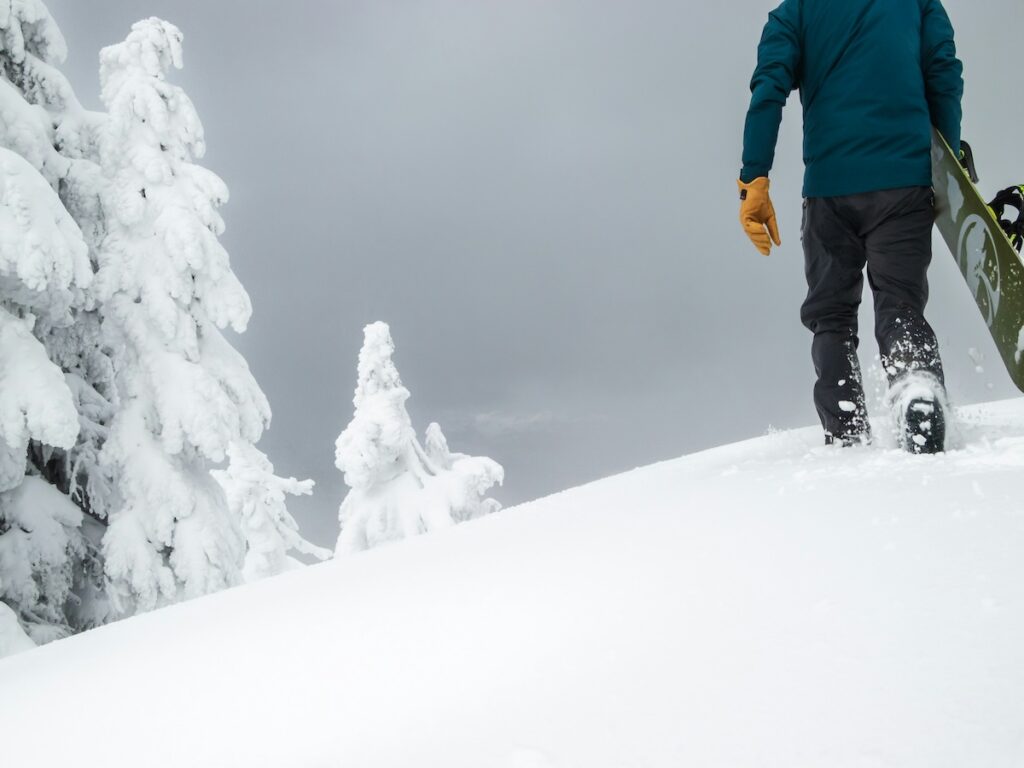
Final Thoughts On Big Bear vs Mammoth
The choice between Big Bear and Mammoth Mountain is close. Both are fantastic ski resorts to visit during the winter season, but the decision ultimately depends on your priorities and what you’re after.
Big Bear is perfect if you’re coming from Southern California, seeking a more budget-friendly option, and simply want to enjoy skiing or snowboarding. In contrast, Mammoth Mountain is the better choice if you’re after more powder, a more extensive variety of skiable terrain, and a wider selection of dining and accommodations.
Both resorts are excellent options, but the right choice depends on your circumstances. Big Bear is a wonderful pick if you’re in SoCal or Nevada and can drive.
However, if you’re flying in from out of state and are willing to spend a bit more on your ski trip, Mammoth offers a greater variety of skiing, dining, and lodging, along with its impressive 400 inches of annual snowfall. After all, if you’re flying for a ski trip, you likely want the best conditions possible, and Mammoth often delivers just that.
Mammoth also offers more nonskier activities, including an epic mountain coaster, snowmobiling, snowcat tours, and more. If I had to choose just one, I’d go with Mammoth, but you really can’t go wrong with either option.